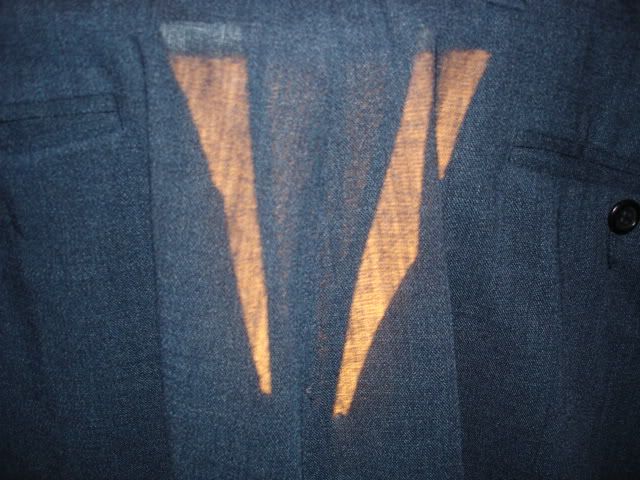Philalethes
A-List Customer
- Messages
- 466
- Location
- Southern New Jersey, on a Farm
I have been looking at many tweed samples and have noticed that the weaves may vary from very tight to somewhat loose.
My impression is that the tighter weaves would work well as an outer layer (like a hunting jacket) to keep out the wind and rain.
I am wondering, however, if the looser weaves would be warmer all other things being equal - that is, no wind chill, etc. I have compared two tweeds: a 19 oz. Harris Tweed loosely-knit sample and a 21 oz. John G. Hardy tightly-knit sample. The Harris Tweed is both thicker and I would say warmer than the Hardy tweed - despite being of lighter weight. The Hardy tweed is thicker than any of the other lighter weight samples I possess, but I am not sure how much warmer it is. In other words, the extra thickness, on account of the tight weave, does not seem to add substantially more warmth.
What do others think?
My impression is that the tighter weaves would work well as an outer layer (like a hunting jacket) to keep out the wind and rain.
I am wondering, however, if the looser weaves would be warmer all other things being equal - that is, no wind chill, etc. I have compared two tweeds: a 19 oz. Harris Tweed loosely-knit sample and a 21 oz. John G. Hardy tightly-knit sample. The Harris Tweed is both thicker and I would say warmer than the Hardy tweed - despite being of lighter weight. The Hardy tweed is thicker than any of the other lighter weight samples I possess, but I am not sure how much warmer it is. In other words, the extra thickness, on account of the tight weave, does not seem to add substantially more warmth.
What do others think?






